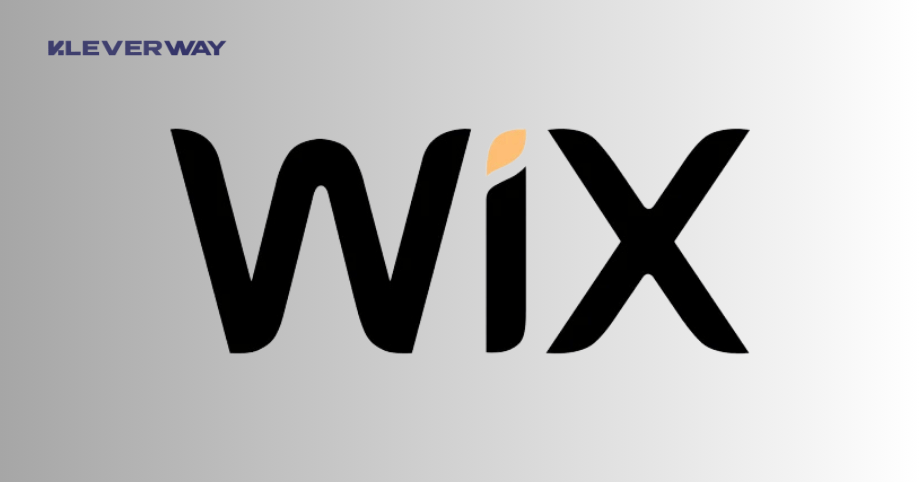Key Disadvantages of Using Wix: What You Should Know Before Building Your Website

When it comes to building a website, Wix is often one of the first platforms that come to mind. While its simplicity and accessibility have made it popular, there are significant drawbacks that prospective users must consider. In this article, we outline the key disadvantages of using Wix, offering an in-depth exploration of its limitations to help you make an informed decision.
1. Limited Scalability for Growing Businesses
One of the major drawbacks of Wix is its limited scalability. While Wix is suitable for small businesses or personal projects, its infrastructure is not designed to handle the needs of rapidly growing enterprises. As your website grows in size, you may find that:
- Performance Issues: Larger websites with heavy traffic often experience slower load times and performance lags.
- Inadequate E-commerce Tools: Wix’s e-commerce functionality, though improving, lacks the depth and flexibility offered by competitors like Shopify or WooCommerce.
- Static Pricing Tiers: As your business scales, Wix’s pricing plans may not offer sufficient resources, forcing you to consider a platform migration.
2. Lack of Advanced Customization Options
Wix’s drag-and-drop builder is user-friendly, but this simplicity comes at a cost: limited customization options for advanced users. Developers and tech-savvy users often encounter restrictions, such as:
- No Access to Backend Code: Wix does not provide access to the website’s source code, making it impossible to implement custom functionalities.
- Restricted Design Flexibility: While the templates are attractive, they are not as customizable as platforms like WordPress or Squarespace.
- Limited Third-Party Integration: Integrating external tools and APIs can be challenging due to Wix’s closed ecosystem.
3. SEO Limitations
Search engine optimization (SEO) is crucial for improving website visibility, but Wix has notable limitations in this area. Although Wix has made strides to improve its SEO features, it still falls short in several aspects:
- Unoptimized URL Structure: Wix’s auto-generated URLs are often clunky and not SEO-friendly, which can hinder search rankings.
- Limited Control Over Meta Tags: Customizing meta titles, descriptions, and alt text for images is less flexible compared to other platforms.
- No Server-Side Rendering (SSR): SSR is vital for optimizing load times and improving search rankings, but Wix relies on client-side rendering, which can negatively impact SEO performance.
4. Poor Performance for High-Traffic Websites
Wix’s shared hosting infrastructure means that your website’s performance may degrade as traffic increases. Some of the performance challenges include:
- Slow Page Loading Speeds: Websites hosted on Wix tend to have slower load times compared to those on dedicated hosting platforms.
- Limited Bandwidth Options: The bandwidth available in Wix’s pricing plans may not be sufficient for websites with high traffic volumes.
- Downtime Risks: Shared hosting increases the risk of downtime, particularly during peak traffic periods.
5. Expensive Long-Term Costs
At first glance, Wix appears affordable, but long-term costs can add up significantly. The pricing structure has some drawbacks, such as:
- Premium Features at a Cost: Many essential features, such as custom domain connections or advanced analytics, are locked behind higher-tier plans.
- Hidden Expenses: Add-ons and additional services can quickly escalate the total cost.
- No Free Migration: If you decide to switch platforms later, the lack of a free migration tool means you may incur significant costs in transitioning your website.
6. Vendor Lock-In
Wix’s closed ecosystem creates a significant hurdle for users who wish to move their website to another platform. Some of the challenges include:
- Non-Transferable Content: Wix does not provide an easy way to export content, making migration tedious and time-consuming.
- Template Lock-In: Once you choose a template, you cannot switch to another template without starting from scratch.
- Dependency on Wix Features: Many functionalities are tied to Wix-specific tools, which cannot be replicated easily on other platforms.
7. Limited Professional Features
For businesses requiring advanced functionality, Wix’s offerings may feel insufficient. Some of the missing or underdeveloped features include:
- Advanced Analytics: While Wix offers basic analytics, it lacks the detailed insights provided by Google Analytics or advanced tracking tools.
- Multi-Language Support: Managing multilingual websites is cumbersome, as Wix does not provide robust localization tools.
- No Enterprise-Level Solutions: Larger organizations may find Wix inadequate for complex projects requiring enterprise-grade security and scalability.
8. Dependency on Internet Connectivity
Wix’s cloud-based system requires a stable internet connection for editing and managing your website. This dependency can be inconvenient in scenarios such as:
- Offline Editing Not Possible: Unlike some platforms that offer offline editing options, Wix requires constant internet access.
- Risk of Data Loss: Without regular backups, there’s a higher risk of losing data if connectivity issues occur.
Conclusion
While Wix is an excellent choice for beginners and small-scale projects, its limitations make it less suitable for growing businesses and advanced users. From scalability issues and limited customization to SEO challenges and vendor lock-in, the disadvantages of using Wix cannot be ignored. Before committing to Wix, carefully evaluate your long-term goals and consider whether its features align with your requirements.










